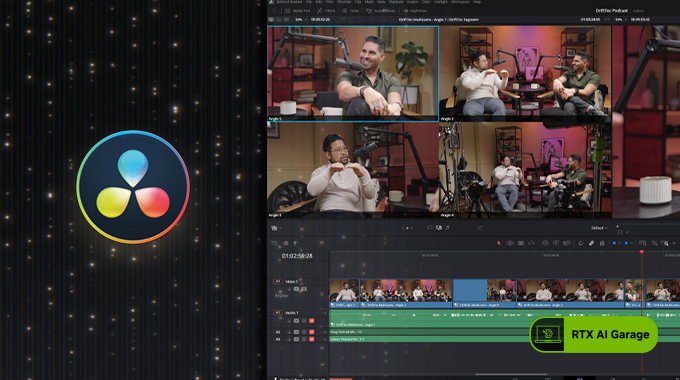
Today, we’re announcing the general availability of AWS Data Transfer Terminal, a secure physical location where you can bring your storage devices and upload data faster to the AWS Cloud.
The first Data Transfer Terminals are located in Los Angeles and New York, with plans to add more locations globally. You can reserve a time slot to visit your nearest location and upload data rapidly and securely to any AWS public endpoints, such as Amazon Simple Storage Service (Amazon S3), Amazon Elastic File System (Amazon EFS), or others, using a high throughput connection. Using AWS Data Transfer Terminal, you can significantly reduce the time of ingesting data with high throughput connectivity in the location near by you. You can upload large datasets from fleets of vehicles operating and collecting data in metro areas for training machine learning (ML) models, digital audio and video files from content creators for media processing workloads, and mapping or imagery data from local government organizations for geographic analysis.
After the data is uploaded to AWS, you can use the extensive suite of AWS services to generate value from your data and accelerate innovation. You can also bring your AWS Snowball devices to the location for upload and retain the device for continued use and not rely on traditional shipping methods.
Getting started with AWS Data Transfer Terminal
You can find the availability of a location in the AWS Management Console and reserve the date and time to visit. Then, you can visit the location, make a connection between your storage device and S3 bucket, initiate the transfer of your data, and validate that your transfer is complete.
Go to the AWS Data Transfer Terminal console, then choose Get started.

Choose Create Transfer Team and make a team by adding the team’s name and description with agreement of service terms and conditions. You can add your team members for personal or group reservation in the team setting.
To reserve your time and location, choose Create Reservation.

In the first step, choose your team, a process owner to manage your reservation, and team members to visit the location for the data transferring job. Now, you can choose a location of Data Transfer Terminal facility and set your preferred visiting time. You’ll pay for the space reservation at an hourly rate for your reserved time.

To secure your reservation, choose Next and Create after reviewing the reservation details.
After your reservation is requested, you can find your upcoming reservations in the team page. You can check the reservation status or cancel your reservation.

On your reserved date and time, visit the location and confirm access with the building reception. You’re escorted by building staff to the floor and your reserved room of the Data Transfer Terminal location.
Don’t be surprised if there are no AWS signs in the building or room. This is for security reasons to keep your work location as secret as possible.
Visiting a pilot Terminal
Instead of me visiting a Data Transfer Terminal location where I live in Seoul, Jeff Barr visited a pilot location near him in Seattle to test uploading data as my team member.

The room is equipped with a patch panel, fiber optic cable, and a personal computer. The patch panel is installed inside a wall mount rack or small floor rack to allow additional space on the desk table. With the personal computer, you can see how to remote access to the server during data transfer process.
Here is Jeff’s feedback about visiting and working at the pilot facility.
When I arrived at the building, I was kindly escorted in and able to work easily using the instructions provided at the time of reservation. This location provides me with direct access to AWS global network infrastructure in a secure and on-demand format. I am excited to see how customers use AWS Data Transfer Terminal to more quickly get data into the cloud where they can more rapidly innovate and build on AWS.
Thanks, Jeff, for visiting the facility and doing the uploading job in my place!
Now available
AWS Data Transfer Terminal is now available today in Los Angeles and New York, with plans to add more locations globally.
You’ll be charged for on-demand use per hour for each location. There will be no per GB charge for the data transfer if you upload data into AWS Regions in the same continent of your location. To learn more, visit the Data Transfer Terminal pricing page.
Give AWS Data Transfer Terminal a try in the AWS Management Console. To learn more, refer to the Data Transfer Terminal page and send feedback through your usual AWS Support contacts.
— Channy
Blog Article: Here




